Search Images
Browse Content (p. 1181)

Image
Coin of Heraclius
Gold nomisma coin depicting Byzantine emperor Heraclius (r. 610-641 CE) and his son Constantine III.
Palazzo Massimo alle Terme, Rome.
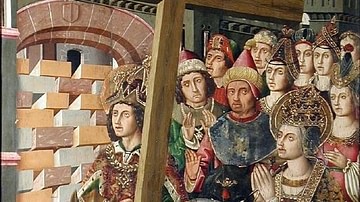
Image
Heraclius Returning the True Cross to Jerusalem
A 15th century CE painting depicting Byzantine emperor Heraclius (r. 610-641 CE) returning the True Cross of Christianity to Jerusalem. (By Miguel Ximenez, Museum of Zaragoza, Spain)
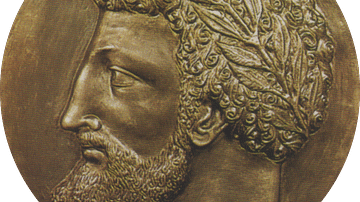
Image
Masinissa
Coin depicting Masinissa, the first king of Numidia, who reigned from 202 BCE-148 BCE.
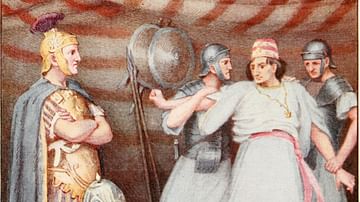
Image
Jugurtha Captured
Artist's depiction of the capture of the Numidian king Jugurtha. He was betrayed by his son-in-law Bocchus in 105 BCE and handed over to Sulla (who would later become dictator of Rome), who brought him back to Rome in chains.
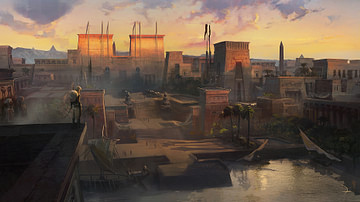
Image
Egyptian Memphis Reconstruction
An artist's impression of Memphis, Egypt. (From the computer game Assassin's Creed Origins)
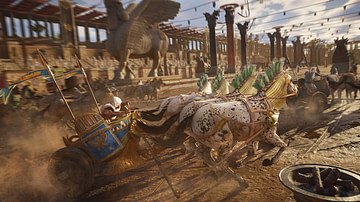
Image
Ancient Chariot Race
An artist's impression of a chariot race in an ancient hippodrome. (From the computer game Assassin's Creed Origins)
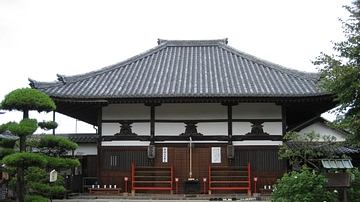
Image
Asuka-dera, Nara
Asuka-dera today. Original buildings constructed by Gogureyo and Baekje craftsmen.

Image
Inscribed Sword Gifted to Yamato
Inscribed seven-branched sword ostensibly made in Baekje in 360 CE and gifted to Yamato. Photo credit: Kai Hendry after https://www.flickr.com/photos/hendry/189880424/ (left) and G. L. Barnes (right) after fig. 117 in G. L. Barnes (1999...
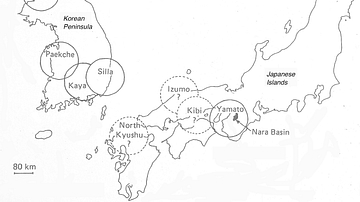
Image
The Korean Peninsula and the Japanese Archipelago, 3rd-6th century CE
Map of Pen/Insular states and potential centres in the 3rd–6th centuries CE.
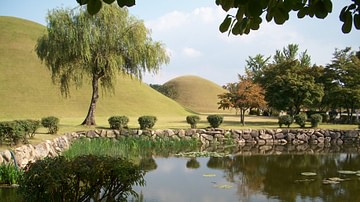
Image
Tumuli Park, Gyeongju
Silla tombs in the Tumuli Park, Gyeongju, Korea.